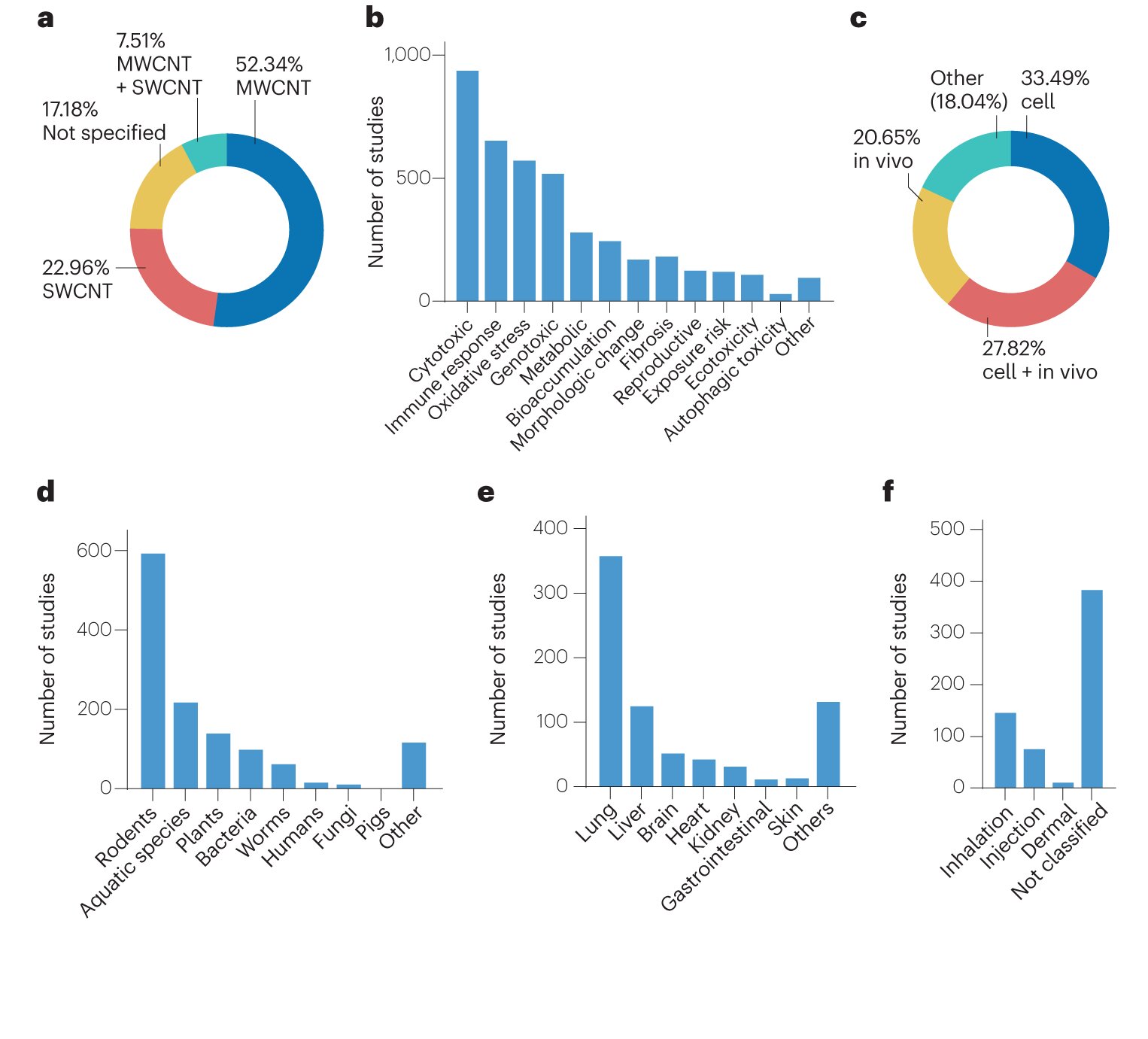The increasing use of carbon nanotubes (CNTs)—and a proposal in the European Union to ban the entire class of materials—highlights the need for an updated and standardized approach to assess human and environmental impacts of CNTs and products that contain them, according to a new collaborative study co-authored by Rice University researchers.
“As we move toward a clean and diversified energy and materials revolution, the field of advanced materials needs a clearly defined science-based path in measurement, identification, classification and reporting throughout the entire material life cycle, from development to disposal, in order to fully scale CNTs across sectors and industries while also benefiting society and the environment,” said Rachel Meidl, fellow in energy and sustainability at Rice’s Baker Institute for Public Policy and co-author of the study published in the journal Nature Reviews Materials.
In 2019, a non-governmental organization in the European Union (EU) added carbon nanotubes to a list of chemicals that they believe “should be restricted or banned in the EU,” citing concerns from some of the many published works that studied the toxicology and environmental persistence of carbon nanotubes.
The authors of the new study investigated how carbon nanotubes have been classified chemically, given their many, diverse forms and ways to process, modify or use them. The results of toxicology and environmental studies varied widely, depending on these different carbon nanotube forms and how the studies were conducted.
“We realized that there were so many different forms of carbon nanotubes, that it seemed strange that such diverse materials could even be classified under one name,” said Daniel Heller, co-author of the study, head of the Cancer Nanomedicine Laboratory at Memorial Sloan Kettering Cancer Center and a Rice alumnus.
2023-12-12 11:41:03
Link from phys.org rnrn
